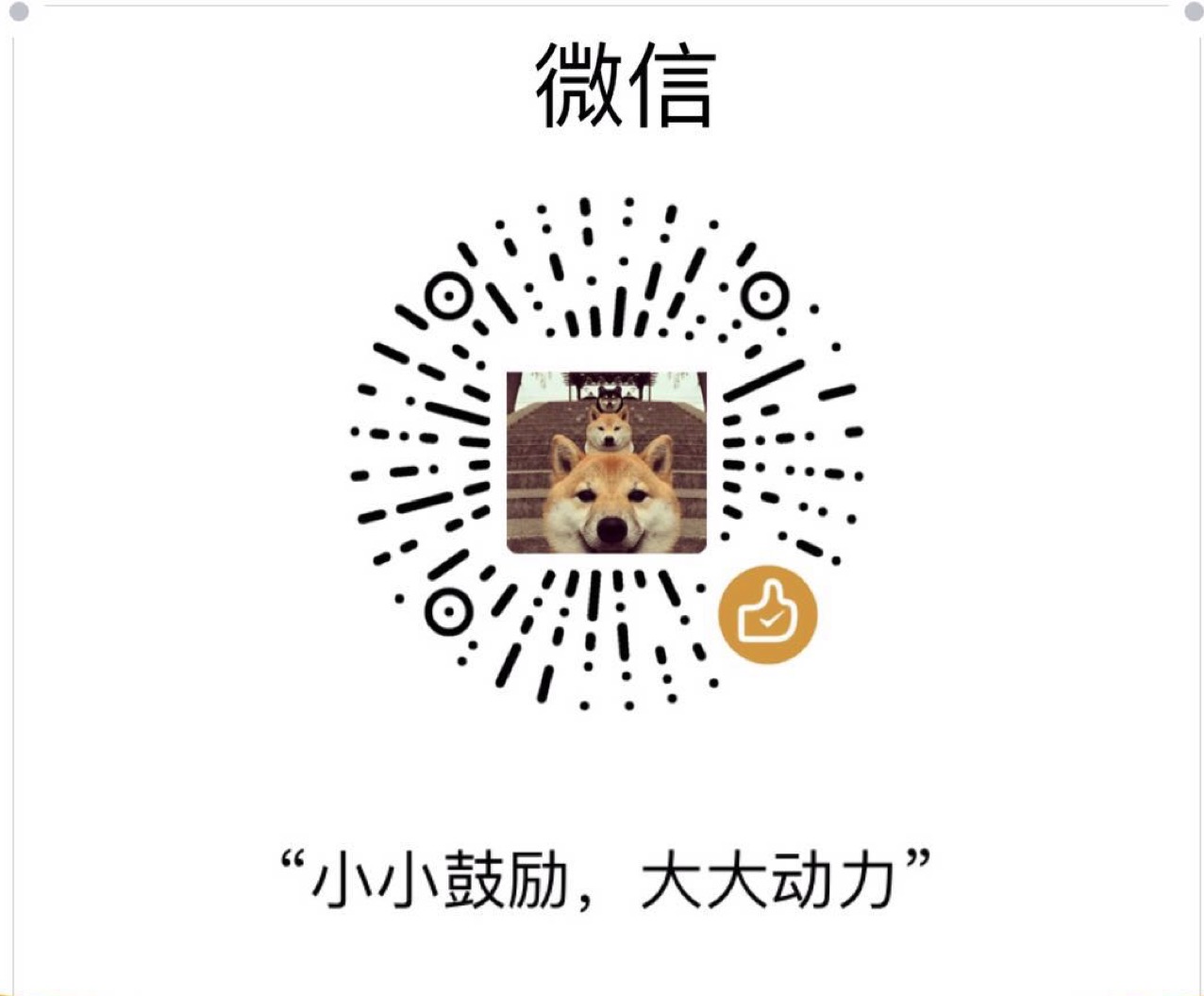多态的特性在于你必须遵循某些接口和规范,对于符合规范的语法,继承父类或者实现接口这种具有父子关系的类,编译器才允许多态运行。对于静态强类型的语言,比如Java,Java在编译的时候就会进行严格的类型检查。
另外,多态虽然非常方便,并且可以减少代码量,将公共部分抽象出来。但那是为了利用这种特性,必须要求类去实现特定的接口,是一种不必要的代码耦合,这是一种糟糕的设计。从Spring和其他容器框架中吸取的教训之一是,为了提供通用功能,不能将自己绑定到特定的类型层次结构。 您应该能够只编写POJO并让框架解决如何处理它们,而不是拥有扩展抽象类或实现一堆接口的类。 在Spring中,我们使用注释,约定或XML映射文件来告诉框架如何理解特定POJO正在尝试做什么。 这样做的优点是,你不用绑定任何东西运行再Spring容器中。
但是对于动态语言 Python 来说,这是不需要的, Python 是动态类型的。不需要特定的类型层次结构也可以实现多态。如果两个方法拥有同样的签名signature, 这意味着他们可能在做同一件事情。这个概念叫 Duck Typing (鸭子类型). 不用确定 IS-A 的关系,而是 Like-A 的关系。
rather than determining whether something IS-A duck, we just care that it WALKS-like-a duck and QUACKS-like-a duck.
class Duck: def quack(self): return "a loud Quaaaaaaaaaaaaack!" def walk(self): return "waddle" class Person: def quack(self): return "a person making a quacking sound." def walk(self): return "walk" def tellAStoryAbout(something): print("One day while walking in the forest I heard " + something.quack()) print("Intrigued, I turned round to see a dark shape " + something.walk() + " off into the bushes.") tellAStoryAbout(Duck()) tellAStoryAbout(Person())
在 Golang 中没有继承的概念,类的层次结构不需要显式申明,只需要实现相同的接口函数就意味着他们拥有相同的父亲。Golang 的接口使用起来非常方便,如果你想让某个类看起来像是某个父类的孩子,你只要实现该接口就行了。
When I see a bird that walks like a duck and swims like a duck and quacks like a duck, I call that bird a duck.
package main import "fmt" type Something interface { Quack() string Walk() string } type Duck struct { } func (d Duck) Quack() string { return "a loud Quaaaaaaaaaaaaack!" } func (d Duck) Walk() string { return "waddle" } type Person struct { } func (p Person) Quack() string { return "a person making a quacking sound." } func (p Person) Walk() string { return "walk" } func tellAStoryAbout(something Something) { fmt.Println("One day while walking in the forest I heard " + something.Quack()) fmt.Println("Intrigued, I turned round to see a dark shape " + something.Walk() + " off into the bushes.") } func main() { duck := Duck{} person := Person{} tellAStoryAbout(duck) tellAStoryAbout(person) }
对于 Java 这种强类型语言,提供鸭子类型的支持不会像Python这么直接。当然利用反射机制,我们可以直接调用任何类的方法,但是这么做的话就不那么优雅了。我们可以使用动态代理来代理某个需要代理的鸭子类型的类,这样那些鸭子类型的类只要是含有接口方法实现,我们就可以检查到并使用代理类代替鸭子类型的类来执行方法调用。
package advance.reflection; interface Something { String quack(); String walk(); } class Duck { public String quack() { return "a loud Quaaaaaaaaaaaaack!"; } public String walk() { return "waddle"; } } class Person { public String quack() { return "a person making a quacking sound."; } public String walk() { return "walk"; } } public class DuckTypeTest { public static void tellAStoryAbout(Object object) { Something something = DuckType.coerce(object).to(Something.class); System.out.println("One day while walking in the forest I heard " + something.quack()); System.out.println("Intrigued, I turned round to see a dark shape " + something.walk() + " off into the bushes."); } public static void main(String[] args) { Duck duck = new Duck(); Person person = new Person(); tellAStoryAbout(duck); tellAStoryAbout(person); } }
以下代码可以在Java中实现鸭子类型:
public class DuckType { private final Object objectToCoerce; private DuckType(Object objectToCoerce) { this.objectToCoerce = objectToCoerce; } private class CoercedProxy implements InvocationHandler { public Object invoke(Object proxy, Method method, Object[] args) throws Throwable { Method delegateMethod = findMethodBySignature(method); assert delegateMethod != null; return delegateMethod.invoke(DuckType.this.objectToCoerce, args); } } /** * Specify the duck typed object to cast/coerce. * @param object the object to coerce. * @return */ public static DuckType coerce(Object object) { return new DuckType(object); } /** * Coerce the Duck Typed object to the given interface providing it * implements all the necessary methods. * @param <T> * * @param * @param iface * @return an instance of the given interface that wraps the duck typed * class * @throws ClassCastException if the object being coerced does not implement * all the methods in the given interface. */ public <T> T to(Class iface) { assert iface.isInterface() : "Cannot coerce object to a class, must be an interface"; if (isA(iface)) { return (T) iface.cast(objectToCoerce); } if (quacksLikeA(iface)) { return generateProxy(iface); } throw new ClassCastException("Could not coerce object of type " + objectToCoerce.getClass() + " to " + iface); } public boolean isA(Class iface) { return objectToCoerce.getClass().isInstance(iface); } /** * Determine whether the duck typed object can be used with * the given interface. * * @param Type of the interface to check. * @param iface Interface class to check * @return true if the object will support all the methods in the * interface, false otherwise. */ public boolean quacksLikeA(Class iface) { for (Method method : iface.getMethods()) { if (findMethodBySignature(method) == null) { return false; } } return true; } public Method findMethodBySignature(Method method) { try { return objectToCoerce.getClass().getMethod(method.getName(), method.getParameterTypes()); } catch (NoSuchMethodException e) { return null; } } @SuppressWarnings("unchecked") private <T> T generateProxy(Class iface) { return (T) Proxy.newProxyInstance(iface.getClassLoader(), new Class[] {iface}, new CoercedProxy()); } }

